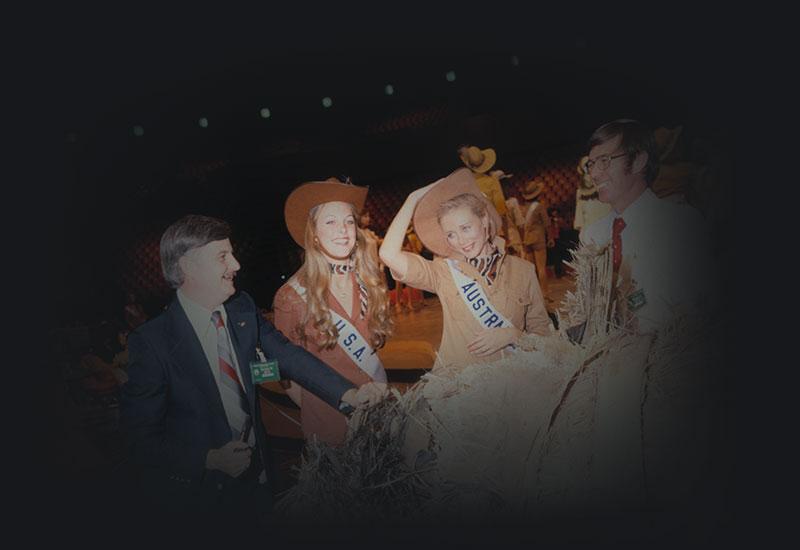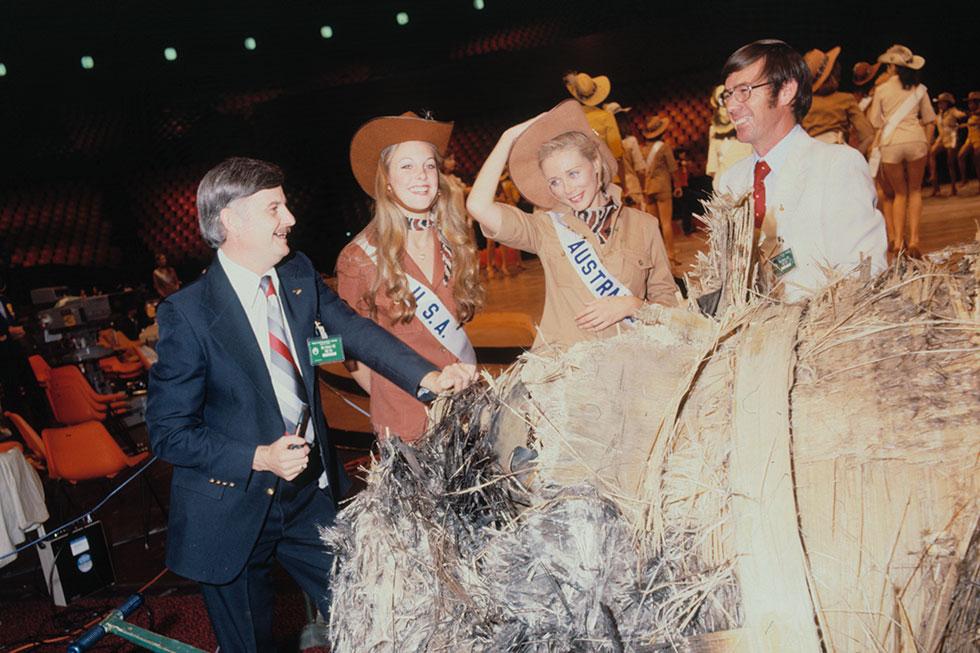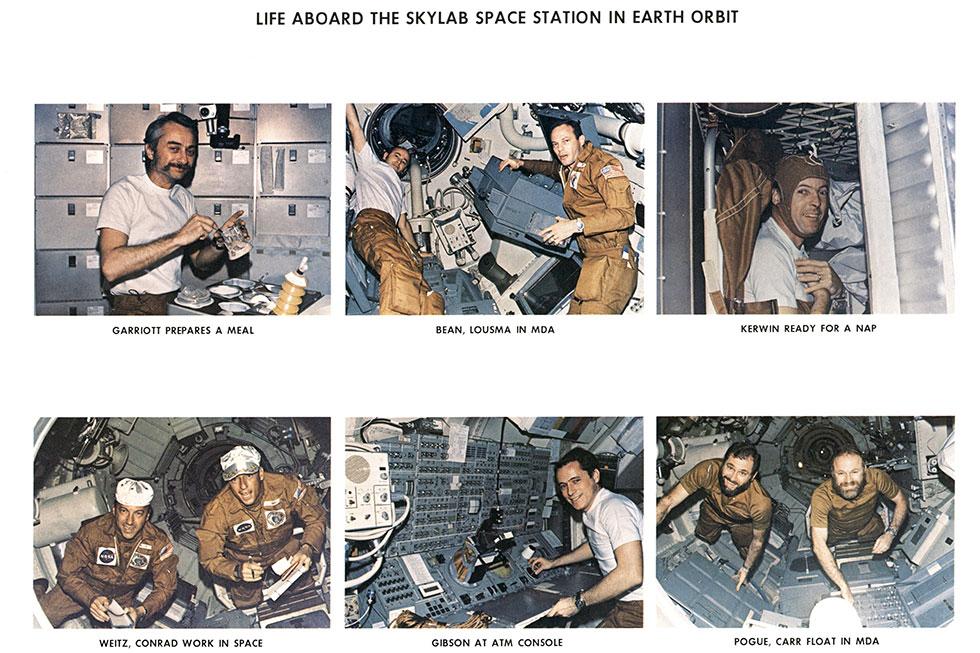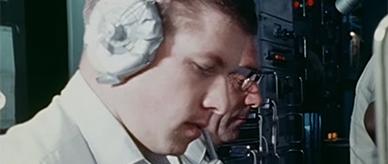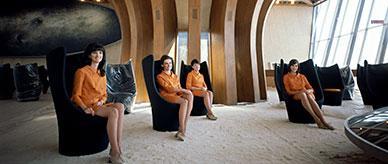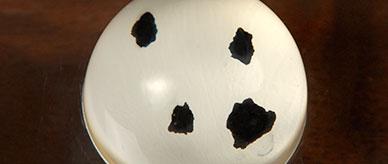The United States launched its first space station in May 1973. Named Skylab, the station was severely damaged during lift-off, prompting intensive involvement from the Carnarvon Tracking Station in Western Australia.
The staff at Carnarvon were expecting to wind down operations ahead of the site's closure. Instead, they became key participants in an Australian–American collaboration to salvage Skylab.
The role of Carnarvon in the US space program is highlighted in an exhibition at our Western Australia office. Archival documents and former tracking station personnel reveal the demanding work required to repair Skylab. These efforts were vital to ensuring that crews could successfully complete the station's primary mission: conducting astronomical, scientific and medical experiments in orbit.
The first astronauts to visit Skylab attempted to free a jammed solar panel, which required high-risk space walks outside the station. In June 1973 the National Aeronautics and Space Administration (NASA) asked Carnarvon to provide critical coverage for this 'extravehicular activity'.
Unfortunately, all efforts to save Skylab were unsuccessful. After the third and final crew left in February 1974, NASA acknowledged that their space station was on a descending orbit towards Earth.
Planning for impact
The probability that Skylab's debris would rain on Australia was initially predicted at just 2 per cent. But by early 1979 the chances of a local impact had grown.
National preparations were informed by the unplanned re-entry of Soviet satellite Kosmos 954 in 1978. Carrying a nuclear reactor, its break-up scattered radioactive wreckage over a 600-kilometre swathe of western Canada.
Skylab carried no nuclear material, but the Kosmos experience left Australian officials wanting up-to-date re-entry predictions from NASA. A Department of Foreign Affairs letter to the American Embassy noted that the extensive assistance of Australian space facilities such as Carnarvon provided 'a substantial basis for timely data transmission in relation to the orbital decay of Skylab'.
The station finally broke up over Western Australia on 12 July 1979. No damage was reported, although the sonic booms of wreckage travelling at supersonic speeds alarmed residents below.
'While receiving Skylab is an honour we would have happily foregone', wrote Prime Minister Malcolm Fraser to US President Jimmy Carter, 'it is the end of a magnificent technological achievement by the United States'.
Finders keepers
NASA declared a 'finders keepers' policy for Australians who located Skylab debris. However, a US technical team was also sent to investigate.
Their first stop was Perth's Entertainment Centre, which was staging the Miss Universe contest. Provisional authentication of a large fragment of Skylab was hastily arranged so it could feature in a worldwide television broadcast of the beauty pageant.
The American team then examined wreckage at Esperance, Coolgardie, Kalgoorlie, Rawlinna and Balladonia before returning to Perth, where an Albany citizen requested $10,000 for his 8mm film of the re-entry. 'The offer was not accepted', remarked the investigators drily.
Gold diggers of another kind were invoked by the Kalgoorlie–Boulder Tourist Bureau. 'This is now Skylab country', they declared in a four-page telex to President Carter. Lamenting that the region's goldmining heritage was not attracting enough tourists, the shire enjoyed unprecedented publicity during the space station's re-entry. Their telex invited President Carter to visit Kalgoorlie and Esperance to establish a pair of Skylab museums 'bearing your name, for the benefit and education of people in Australia and the world, pointing out the close ties between our two countries'.
The President did not respond, but the Esperance Museum now proudly boasts a dedicated display of Skylab's salvaged remains.
Want to know more?
Visit our Western Australian research centre before 8 April 2020 to learn more about Carnarvon's role in the Space Race.

